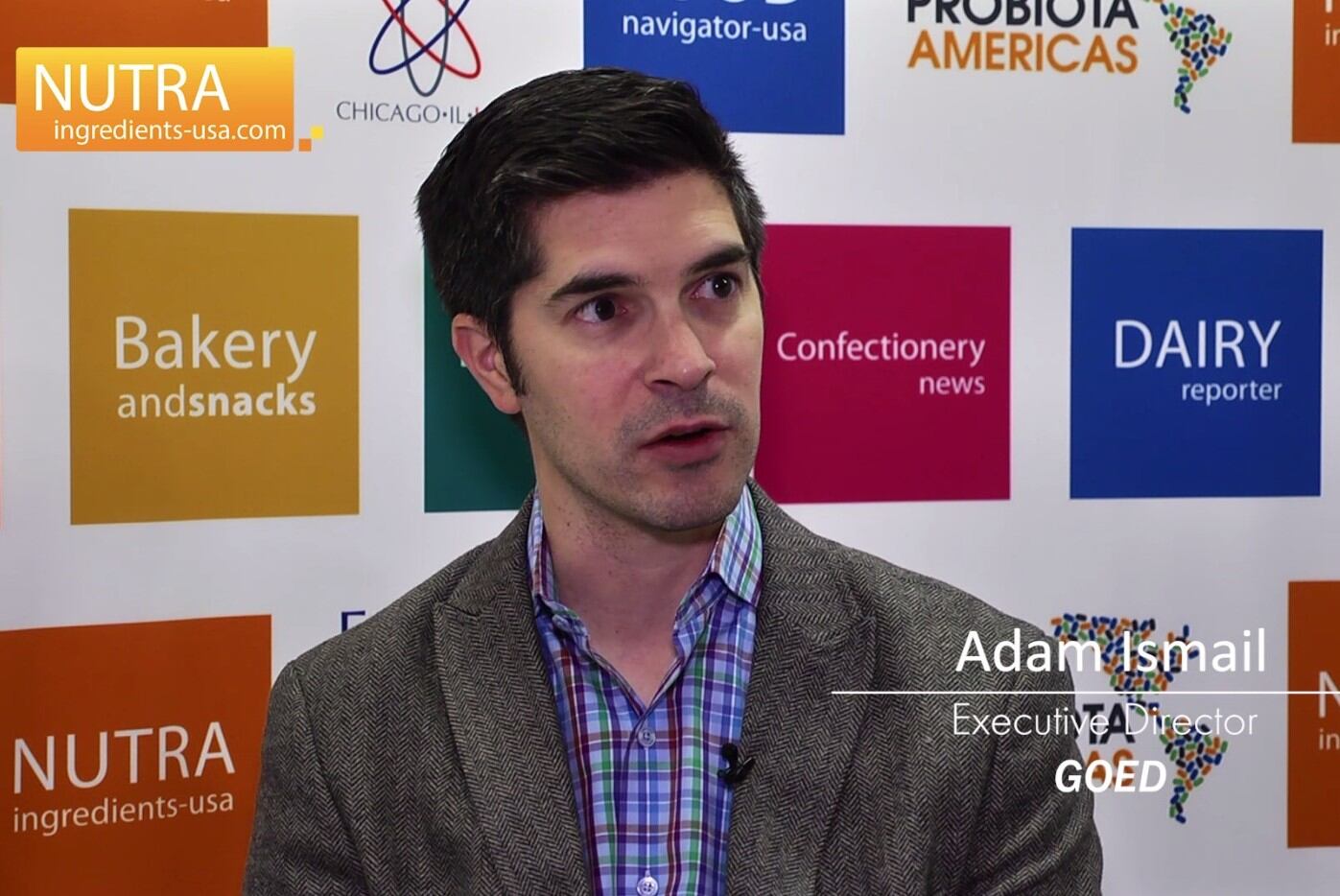The North American nutritional markets for omega-3s seemed to stabilize during the year, which is a welcome development. We already know that in the US consumption of EPA and DHA in the general population is shockingly low, with fewer than 10% of Americans reaching an omega-3 status that is cardioprotective. There is a clear public health case for supplemental EPA and DHA, and in fact we know that supplements account for about one-third of the EPA and DHA consumption in the US, which is still far too low. The stable market in the US may now give the industry a platform to build from going forward.
There are probably two issues that have dominated the discussion about the future of omega-3s this year: the establishment of a Nutrient Reference Value (NRV) for EPA and DHA by the Codex Alimentarius Commission and the attempt to block the use of concentrated EPA and DHA in supplements by the Amarin Corporation, the company behind the Vascepa pharmaceutical.
Codex
The Codex issue has frustrated lipid scientists and the omega-3 industry alike, but is really a symptom of a larger issue. It has been difficult to get recognition by regulatory authorities that EPA and DHA are important nutrients for human health, no matter how many studies are published supporting an effect. Regulators tend to want perfect evidence, and that generally does not exist in nutrition science.
Through the Codex process, industry saw a chance to gain recognition by pursuing an NRV based on a single outcome of reduction in coronary heart disease mortality risk. Assessing a single outcome should theoretically make it easier to define a reference value, because you are ignoring all the other effects that create unwanted noise.

Codex has recently established NRVs for sodium and potassium for similar cardiovascular outcomes. These are traditionally well-accepted nutrients, but the World Health Organization (WHO) found that randomized controlled trials and epidemiological studies found no effect of these nutrients on cardiovascular diseases of any kind. There were small effects on blood pressure, which is viewed as a surrogate outcome, and so NRVs were established anyway.
In the case of omega-3s, EPA and DHA were shown by WHO to have effects on coronary heart disease and CHD mortality in some analyses of randomized controlled trials, and clear associations in epidemiological studies, but this was not viewed as strong enough evidence to recommend establishing NRVs. The quick dismissal of potential benefits of EPA and DHA, but quick acceptance for other nutrients, has stymied the industry for years. It is unclear where this bias comes from, but consumers are not being served by having governments around the world stay silent on the matter of whether sufficient EPA and DHA in the diet is beneficial.
Fortunately, omega-3s won a reprieve at this year’s Codex meeting and countries have agreed to continue working on an NRV for another year. Several new large-scale studies will be published in this year that should continue to strengthen the existing body of science and hopefully win some respect for these forgotten nutrients.
Amarin
The second issue that has the potential to disrupt the industry is the attempt by the Amarin Corporation to block the sale of concentrated EPA and DHA products as dietary supplements. Among other arguments, Amarin asserted to the US International Trade Commission (ITC) that these products should not be sold as supplements because pharmaceutical research began prior to the sale of these concentrates as supplements, which is the same issue potentially facing marketers of cannabidiol products.

The nutrition side of the omega-3 industry believes the sale of these products predated both the pharmaceutical research and DSHEA cutoff date to be subject to New Dietary Ingredient (NDI) notifications. The FDA took the unusual step of intervening and urged the ITC to not institute Amarin’s complaint on the basis that it alone is tasked with enforcement of food and drug law in the US. The ITC ultimately decided not to institute an investigation, but GOED noted that this was likely not the end of the matter. Indeed, Amarin has already filed an appeal in US Federal District Court and submitted comments with the FDA regarding its NDI deliberations.
GOED estimates that in 2016, concentrates accounted for 35% of the omega-3 supplement market in the US, but more importantly 55% of the EPA and DHA supplied to the population by the supplement industry. If you consider that supplements increase US population intakes of EPA and DHA by a third, removal of such a large portion of supply could have a significant impact on public health. This continues to be an issue creating anxiety in the omega-3 space and is not expected to be resolved any time soon.
Ultimately, the industry can rest assured that the market has stabilized due to the hard work of the many participants in this category. Going forward there is great uncertainty, but there are plenty of events on the horizon that could be catalysts for future industry growth, but also have the potential to slow or eliminate growth. It just reaffirms in our minds why it is so important for the industry to continue to invest in the future of omega-3s.
